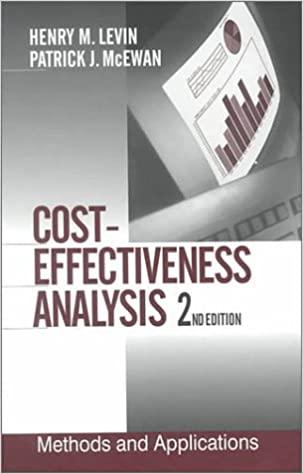

The individual financial statements for Gibson Company and Keller Company for the year ending December 31, 2018, follow. Gibson acquired a 60 percent interest in Keller on January 1, 2017. in exchange for various considerations totaling $750,000. At the acquisition date, the fair value of the noncontrolling interest was $500,000 and Keller's book value was $1,000,000. Keller had developed internally a customer list that was not recorded on its books but had an acquisition date fair value of $250,000. This intangible asset is being amortized over 20 years. Gibson sold Keller land with a book value of $75,000 on January 2, 2017, for $160,000. Keller still holds this land at the end of the current year. Keller regularly transfers inventory to Gibson. In 2017, it shipped inventory costing $180,000 to Gibson at a price of $300,000. During 2018, intra-entity shipments totaled $350,000, although the original cost to Keller was only $245,000. In each of these years, 20 percent of the merchandise was not resold to outside parties until the period following the transfer. Gibson owes Keller $35,000 at the end of 2018. (102,000) Sales Cast of goods sold Operating expensos Equity in earnings of Keller Not income Retained earnings, 1/1/18 Net income (above) Dividends declared Retained earnings, 12/31/18 Cash Accounts receivable Inventory Investment in Keller Land Buildings and equipment (net) Total assots Liabilities Common stock Additional paid-in capital Retained earnings, 12/31/18 Total llabilities and equities Gibson Company Keller Company S (950,000) S (650,000) 650.000 450.000 140.000 30.000 0 0 S (262,000) S (170,000) S (1.266.000) S (695.000) (262,000) (170,000) 145,000 45.000 S (1,383,000) S (820.000) S 184.000 $ 60,000 386.000 560.000 540,000 470.000 966.000 0 120.000 540.000 511,000 450.000 S 2.707.000 $ 2,080,000 S (584.000) S (720.000) (740,000 (470,000) 0 (70,000) (1.383.000) (820.000) 5 (2.707.000) S (2,080.000) (Note: Parentheses indicate a credit balance.) a. Prepare a worksheet to consolidate the separate 2018 financial statements for Gibson and Keller. b. How would the consolidation entries in requirement (a) have differed if Gibson had sold a building with a $135,000 book value (cost of $290,000) to Keller for $250,000 instead of land, as the problem reports? Assume that the building had a 10-year remaining life at the date of transfer, GIBSON AND KELLER Consolidation Worksheet For the Year Ending December 31, 2018 Consolidation Entries Accounts Gibson Keller Debit Credit Noncontrolling Consolidated Interest Totals Sales $ $ (950,000) 650.000 (650,000) 450,000 30,000 140,000 (102,000) (262,000) 0 $ $ (170,000) Cost of goods sold Operating expenses Equity in earnings of Keller Separate company net income Consolidated net income To noncontrolling interest To Gibson Company Retained earnings, 1/1Gibson Retained earnings, 1/1-Keller $ 0 $ 0 $ (1,266,000) Net income Dividends declared (262,000) 145,000 $ (1,383,000) $ (695,000) (170,000) 45,000 (820,000) 60,000 560,000 470,000 $ Retained earnings, 12/31 Cash 0 $ 184,000 $ Accounts receivable 386,000 540,000 Inventory Investment in Keller 966,000 Land 120,000 540,000 511,000 450,000 Buildings and equipment (net) Customer list Total assets $ 2.707,000 $ 2,080,000 $ 0 $ $ (584,000) (740,000) (720,000) (470,000) (70,000) Liabilities Common stock Additional paid-in capital Retained earnings, 12/31 NCI in Keller, 1/1 NCI in Keller, 12/31 Total liabilities and equity (1,383,000) (820,000) $ (2,707,000) $ (2,080,000) $ 0 $ 0 $ 0








